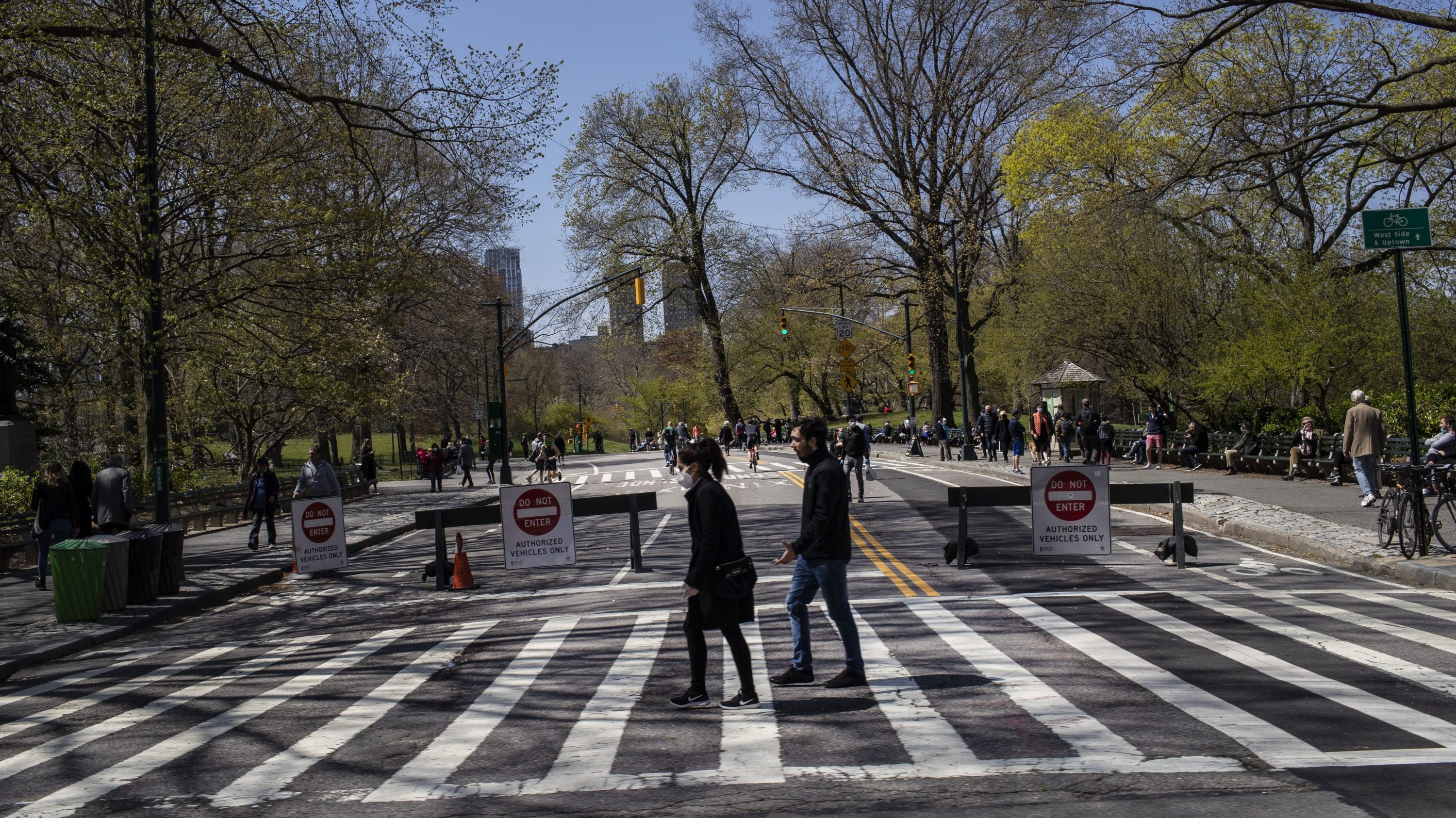The news: A group of experts has produced a plan for the US to reopen its economy safely this summer. However, it’s contingent on doing at least 20 million tests every day, scaling up contact tracing, and ensuring that those who need to isolate can be properly supported.
The report, produced by 45 cross-disciplinary experts assembled by Harvard University’s Edmond J. Safra Center for Ethics, says we need to be doing 5 million tests a day by early June in order to start reopening the country, increasing to 20 million by midsummer to fully end the shutdown. From the start, the World Health Organization has said the only way to beat the virus is to “test, test, test.” That message seems to finally be getting through.
How we get there: The level of testing needed depends on our being able to effectively trace the contacts of those infected with coronavirus, warn those people they’ve been exposed, test them, and isolate everyone who tests positive, the report says. We’d need to provide job protection and support for those who have to isolate, including food deliveries and care packages. That involves hiring an army of contact tracers—at least another 100,000 people.
This story is only available to subscribers.
Don’t settle for half the story.
Get paywall-free access to technology news for the here and now.
Subscribe now
Already a subscriber?
Sign in
It also requires us to massively scale up testing by incentivizing the private sector to create new solutions at speed, the authors say. This could be coordinated by a Pandemic Testing Board set up by the federal government and given the task of securing the needed testing supplies and infrastructure. This program would be expensive: $50 to 300 billion over two years. However, the report authors say, it is dwarfed by the economic cost of continued collective quarantine: $100 to 350 billion every month.
The benefits of this approach: Implementing a lockdown does not “beat” the virus—effectively it just hits pause on its spread until we’re able to come up with a way to treat it or reduce the number of cases to the point where they’re traceable. This plan would avoid the need for endless cycles of opening up then shutting down the economy until we find a vaccine.
Contingent on support: Regardless of its merits, this plan will only succeed with backing from businesses and politicians. Landing an endorsement from a household-name politician or a big company—perhaps one of the tech or retail giants—would help push it closer to reality. Crucially, it cannot become a reality unless it receives enough funding—and fast. Perhaps the awful human toll will help to focus minds: the US has 759,786 confirmed covid-19 cases as of this morning, and 40,683 people have died.
